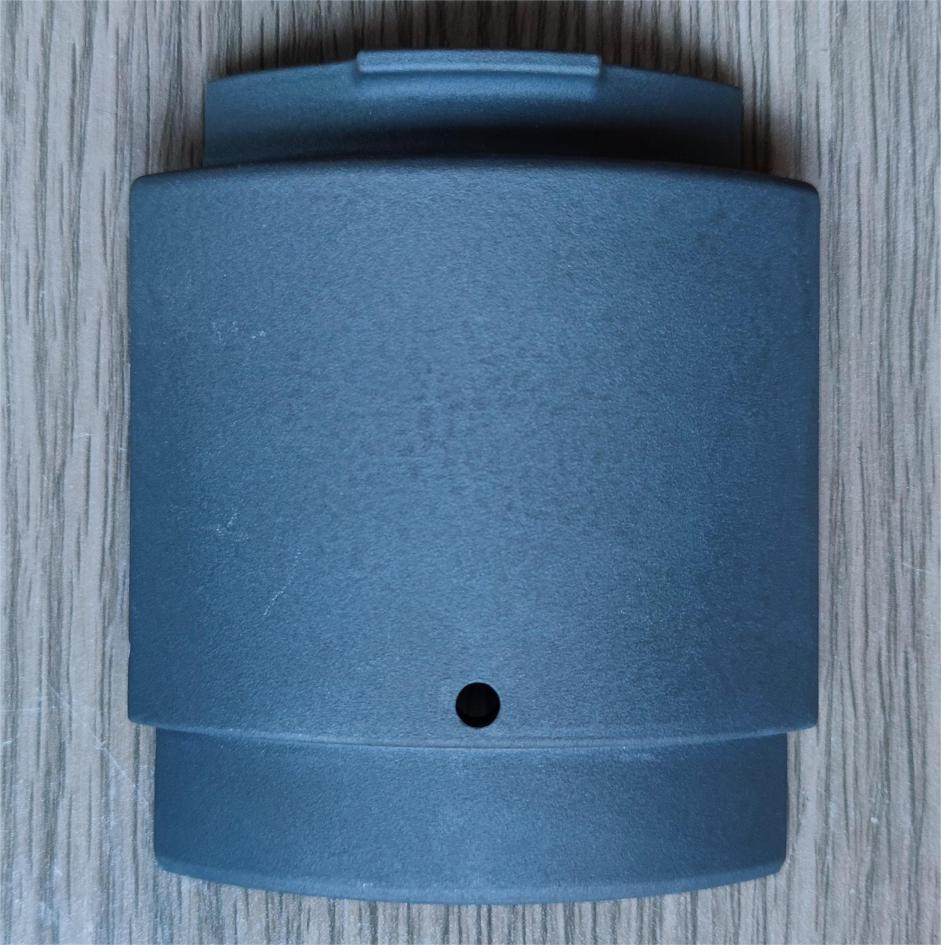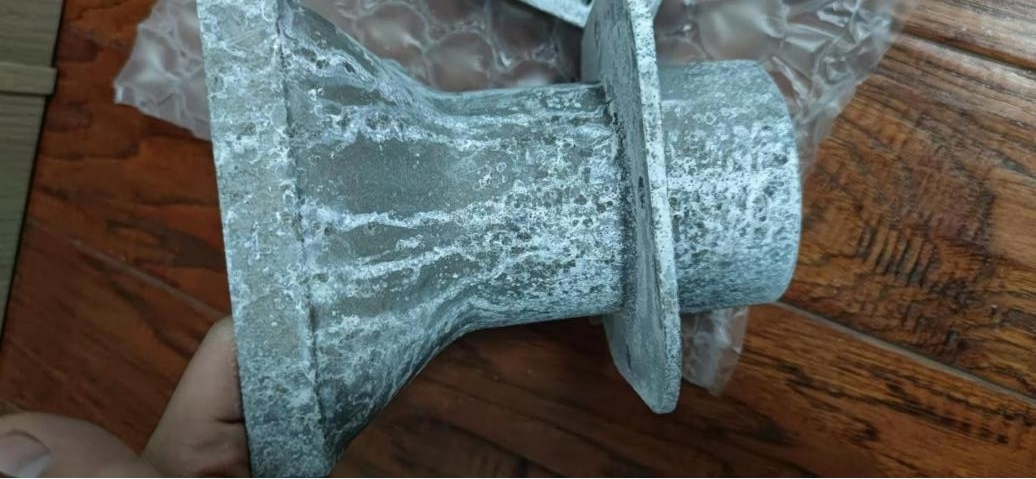Call Us: +86-532-6673-9190 E-mail: info@tsingtaocnc.com
Views: 103 Author: Site Editor Publish Time: 2024-12-04 Origin: Site









Common defects of die castings with different surface treatments
1. Acid reflux
Description: Residual chemical liquid corrodes the coating, causing problems such as shedding, bulging, and discoloration.
Reason: Products manufactured by ordinary die-casting processes have pores and sand holes at the microscopic level, which provide space for residual chemical liquid. The source of chemical liquid is divided into pretreatment and surface treatment itself. Among them, hot alkaline chemicals are used for degreasing, hydrochloric acid chemicals are used for rust removal, and dihydrogen phosphate chemicals are used for phosphating. These substances will induce acid reflux. Physical pretreatment such as sandblasting can be used instead of chemical pretreatment to avoid the source of liquid, but the effect of physical pretreatment is worse than that of chemical pretreatment, which will slightly affect the adhesion of the coating. Surface treatment processes that can avoid acid reflux through sandblasting pretreatment include electrophoresis, plastic spraying, and painting. However, the surface treatment itself uses a reaction solution that is inherently corrosive, such as electroplating and anodizing, and cannot eliminate the problem of acid reflux.

2. Anodizing color spots and color differences
Description: There are gray dots or watermarks on the surface of the workpiece, the color is inconsistent, and it cannot be made completely black. The normal oxidation color is gray-black.
Reason: The silicon content of cast aluminum alloy is high. Silicon cannot react synchronously with aluminum during oxidation reaction, causing silicon to gather and deposit on the surface of the workpiece, resulting in color spots and other problems. Optimization solutions include reducing the silicon content when casting the blank, and desiliconization before anodizing can reduce the color spot problem.

Weathering performance testing
The above-mentioned surface treatments were simultaneously subjected to a 100-hour salt spray test. The test comparison results showed that electrophoresis had the strongest corrosion resistance, followed by electroplating oxidation. Oxidation had the most serious acid regurgitation problem, followed by electrophoresis and electroplating.
If the casting is only for aesthetics and corrosion protection, the surface treatment methods with the best cost and effect are electrophoresis and spraying. For electrophoresis and spraying processes, the use of sandblasting pretreatment process can avoid acid regurgitation.
If the casting has mechanical performance requirements, hard oxidation or chrome plating can be used to achieve high hardness and high wear resistance.




